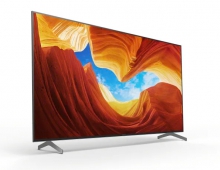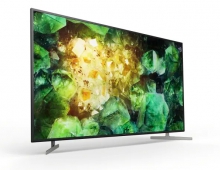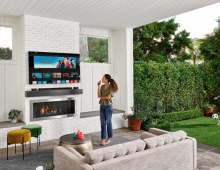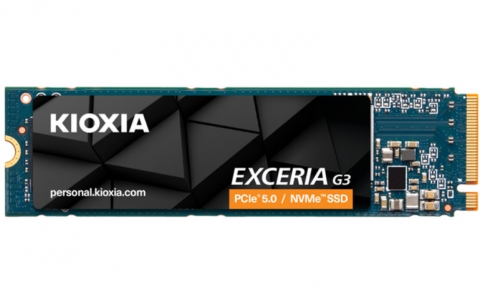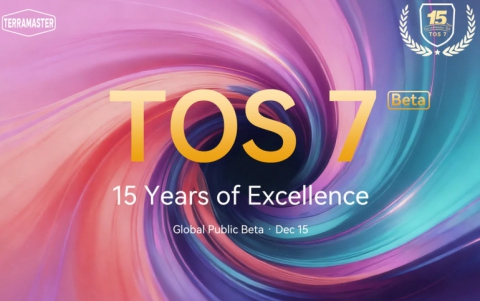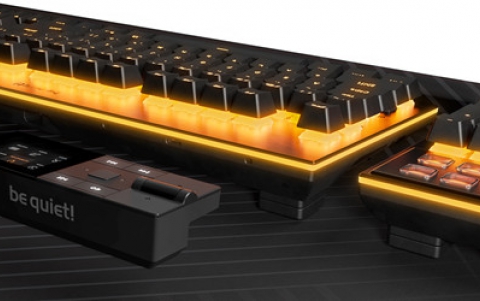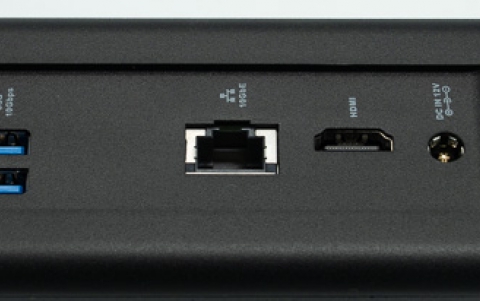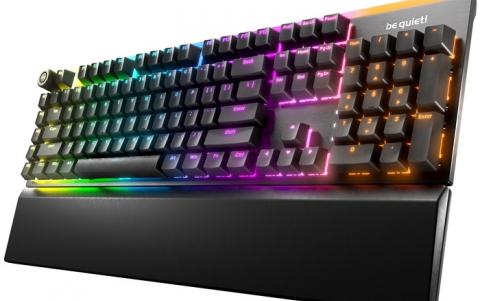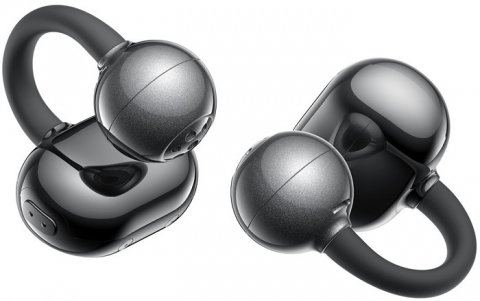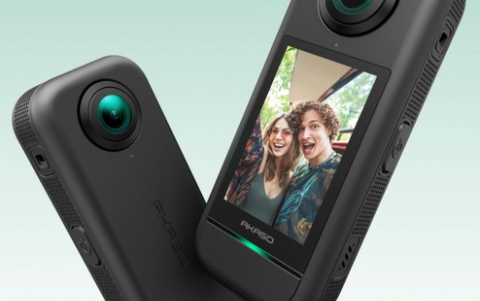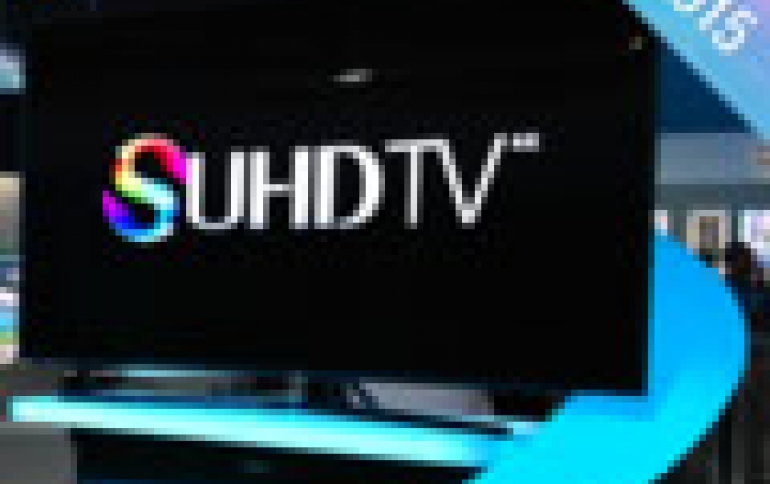
Wearable Tech And TVs Dominated CES 2015
2014 was the breakout year for wearables, with the primary category driver being sports and fitness applications. Together with UHD TVs, they were this year's major themes at International CES. But despite the was interest in wearables, fitness band announcements were largely absent from CES announcements.
"The US currently leads the way in the two big emerging wearables categories - activity trackers and smartwatches. The US is typically an early adopter market, and also a very Apple-centric market, as well as being the biggest per capita spender on health and fitness," said Oliver Rowntree, Market Analyst, Futuresource Consulting. "Here at Futuresource we expect to see large category growth with the release of the apple watch later this year.
"Consumer research we carried out in May and October with more than 8,000 respondents across the USA, UK, France and Germany, saw the proportion of respondents intending to purchase wearable devices in the next 12 months rise from 10% in May to 16% in October 2014. The most marked change since May was the strong growth in the number of iPhone owners intending to purchase wearable devices. iPhone owners now lead the way in all categories - particularly in smartwatches, which 17% of iPhone owners expressed intent to purchase in the next 12 months, up from only 6% in May 2014."
As products converge and heart rate and fitness features become embedded into other devices, the fitness segment will begin to deflate, with much of the market being captured by smartwatches.
Shipments of dedicated fitness devices are expected to grow less than 25% between 2014 and 2018, whereas shipments of connected watches will increase by more than 1100%, according to Futuresource's estimations.
Additional novel applications for smartwatches beyond fitness were showcased at CES 2015 by car makers, including Hyundai - which demonstrated driver alertness tests - and Audi, with car control via a customised LG watch. As a smartwatch on the wrist will always know where you are, car and smart home control are natural progressions for the smartwatch category.
However, with many smartwatches struggling to stay charged for even one day's use, there need to be major breakthroughs in power management to ensure serious traction of the category.
"It's worth noting that the market isn't just about the devices - it's the services and apps people are using in conjunction with them," says Rowntree, "as this will determine how they are being used, and what the level of uptake is. The future growth of the category will be determined by whether killer applications develop beyond fitness: such as augmented reality, life logging and communications."
There are many announcements of smart headphones at International CES, with 7% of all headphones now having wireless connectivity built in, and a 10% increase in average price year-on-year. Additionally, unlike smart head mounted displays and smart glasses, there is no product stigma attached to wearing headphones.
Some of the few of the products wearable tech product announcements annouced this year at International CES inlcude Intel's 'Curie' tiny computer module for smart clothes, coming to market at the end of 2015. Smart clothing and wearable technology are clearly an area of focus for Intel; it is working with Oakley on smart glasses. It also provided an entertaining drone display, which highlighted its ability to avoid obstacles. Intel chose not to mention IoT, instead focusing on demonstrating more tangible products & technology.
HearNotes has created what it claims to be the first premium WireFree earbuds based on Kleer Bluetooth technology with its Universal Edition range. HearNotes specifically states it is going to give the premium consumer brands such as Beats and Bose a "run for their money", but playback time is just four hours.
Qualcomm covered many sectors at its press conference, including the new LG G Flex 2 as its first handset to include its Snapdragon 810 processor. It announced its AllPlay smart media platform has new additional hardware manufacturers supporting the platform, including Bayan Audio, Goodman, house of Marley, Inkel/Sherwood, Optoma Nuforce, SVS, TCL and TP-LINK. Four new music/audio services have also pledged that they will integrate AllPlay into their music streaming offerings, bringing the total number of services to 18.
Car manufacturers demonstrated vehicles that incorporate Qualcomm's Snapdragon automotive platform, which allows software upgrading in vehicles and wireless charging.
Qualcomm also stated its success in the wearables market, with 15+ products in 30+ markets incorporating Qualcomm technology and smartphones a particular sweet spot. Other areas of discussion included healthcare and smart home.
Gibson has unveiled a celebrity endorsement with Usain Bolt for its new Trainer fitness headphones. They will cost $239 a pair and include safety lights, climate regulating cushions and have Bluetooth compatible. They will launch in stores in April.
Lenovo presented its entry into the wearable space, the Vibe Band VB10 with E-ink display and long battery life.
Sony's new headband Walkman, the Smart-B Trainer, is a waterproof running device with built-in GPS that also uses a heart rate sensor in one earpiece to measure whether you need to speed up or slow down.
Pacif-i Smart Pacifier from Blue Maestro is a dummy/pacifier that records a baby's temperature and passes it to a smartphone where it can be tracked and medication recorded. It also includes the ability to find the pacifier with a smartphone as well as a proximity feature that alerts a smartphone if the pacifier moves away.
UHD TV was also a major theme at International CES.
"UHD is being pushed hard by TV vendors keen to extract profit from the notoriously difficult business of making margin from TV sets," says Jack Wetherill, Senior Market Analyst at Futuresource Consulting. "One of the big concerns though has been whether consumers would really see the benefit of having a 4K screen. It requires more than just a high pixel rate to deliver the wow factor, as there are benefits to be gained from wider colour gamut, high dynamic range and immersive audio.
"Many sets last year lacked some of the basic features required to enjoy 4K content in the future - namely HDMI 2.0 and HEVC. It was a rat trap for consumers, though minimum standards were set by the CEA and Digital Europe.
"However, the real boost to the industry is the announcement here at International CES of the UHD Alliance, a global coalition of leading film studios, TV brands, content distributors, post-production and technology companies that aim to create a unified criterion for premium UHD platforms."
In terms of content, there have been some announcements at CES, with Dish TV unveiling a service in the US and Netflix announcing support for HDR (High Dynamic Range) later this year.
"Without doubt, UHD is on the ascent, with Sharp and LG also showcasing 8K in Vegas, although we believe this market will be restricted to the Far East for some years to come," says Wetherill.
While UHD pervades the International CES show, OLED sets where under-represented. Although OLED has been poised to land for years, it hasn't quite got past the issues of production cost. OLED is renowned for its fantastic quality due to superior contrast, but there may now be another option.
"Emerging from the shadows is Quantum Dot technology," says Wetherill, "which offers much improved contrast, but at a fraction of OLED's cost. Samsung has released its mysteriously named SUHDTV. Meanwhile, LG - while still pressing forward with OLED releases - is hedging its bets with Quantum Dot models too.
"Panasonic's impressive OLED demo on their booth is clearly labelled prototype. Unless costs come down dramatically, the Quantum dot will suffice, leaving OLED as famous for its price as for its impressive blacks."
Sony unveiled an Android set here this week and other brands have also aligned with Google in the knowledge that Android is an open platform with well-established consumer awareness via smartphones. However, the two leading brands - Samsung and LG - have continued to move in their own proprietary directions. At this International CES, Samsung has unveiled its Tizen OS and LG has pressed on with Firefox 2.0. This is a bold and potentially expensive investment, but they could reap the rewards if they are able to align these operating systems with those of their mobile phones.
Improved Smart TV features this year include faster boot up and responsiveness, more sophisticated recommendation engines and additional features such as pinning favourite channels to the navigation bar (LG). Meanwhile, other brands such as TCL and - announced at CES - Haier will feature Roku in their sets - a solution which some brands find infinitely preferable to designing their own smart TV features. Roku will also be supporting the streaming of 4K content later this year.
South Korean brands Samsung and LG commanded the largest global brand shares for TV last year, but Chinese brands are growing - 12% in 2011 and more than 20% in 2014.
Chinese domestic TV market accounts for 20% of the global market, providing brands such as TCL, Hisense and Skyworth with economies of scale that they can leverage internationally.
As domestic Chinese brands face a highly competitive local market they continue their push into other territories and generally lead on price. UHD pricing is being pressurised by Chinese brands as China accounts for more than 60% of Global UHD demand. This is forcing Korean and Japanese brands to rethink their strategies - even introducing curved TV as a differentiator, though curved is now being offered by many Chinese brands too.
The price edge that Chinese brands have is also causing Korean and Japanese brands to consider whether they should continue to invest heavily in complex smart TV platforms involving so many more apps than just video.
China has a big role to play in the development of the global TV market and this is evidenced by the large booths these brands occupy at International CES. The success of Chinese brands means that there is less room for TV manufacturers who do not have strong product differentiators. Could the latest casualty be Toshiba? The company announced did not debut any new TVs at International CES.


